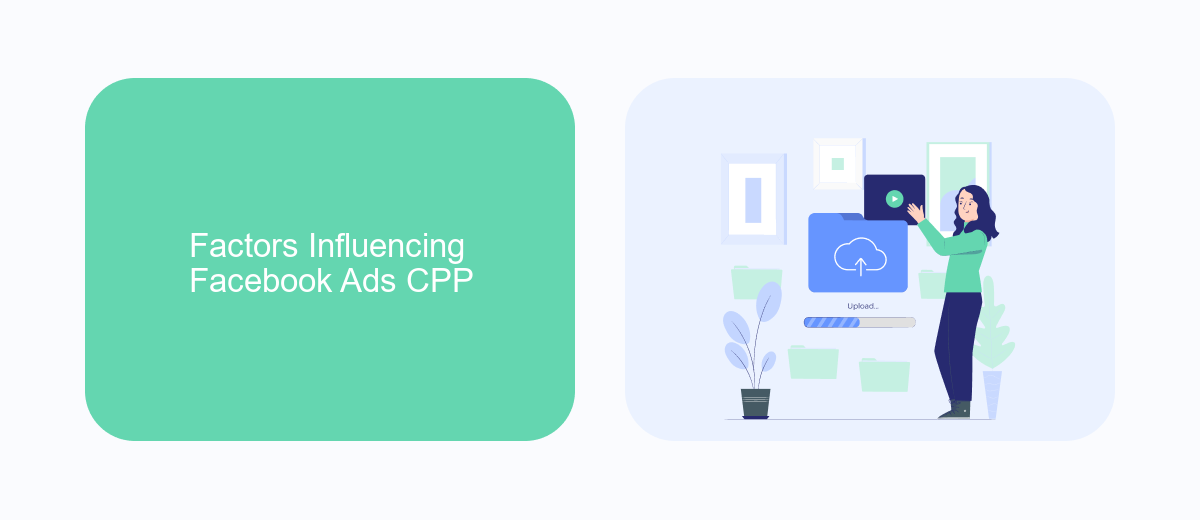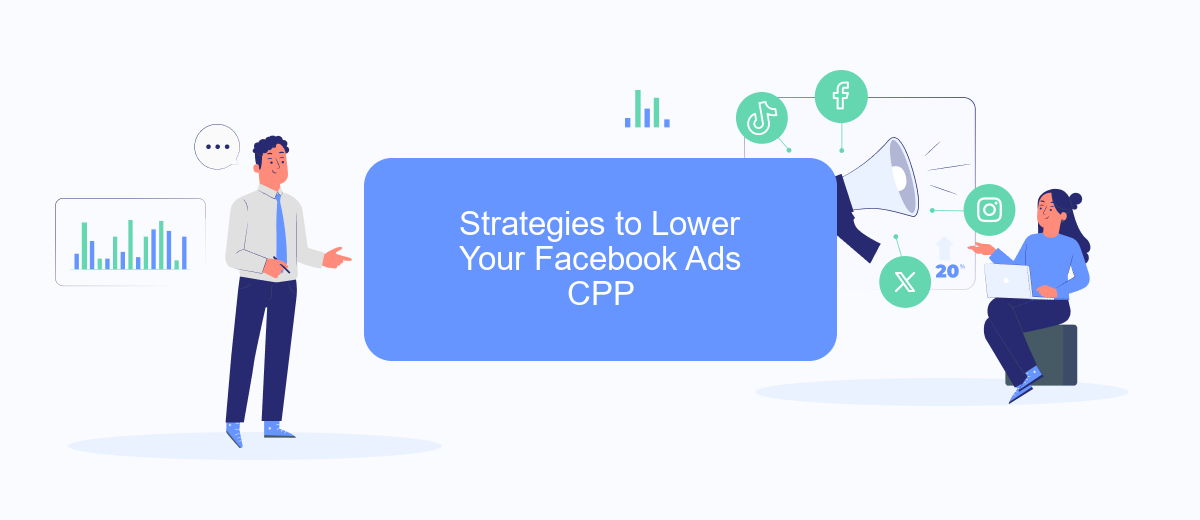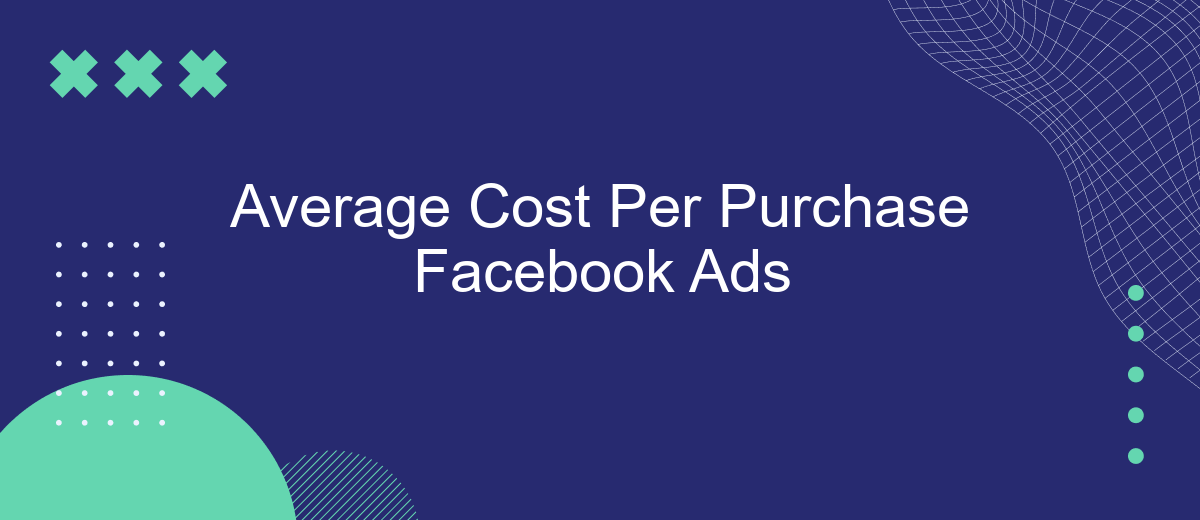Understanding the Average Cost Per Purchase (ACPP) in Facebook Ads is crucial for businesses aiming to optimize their advertising budgets and maximize returns. This metric provides insights into how much you're spending to acquire each customer through your campaigns. By analyzing ACPP, marketers can refine their strategies, allocate resources more efficiently, and ultimately enhance the overall effectiveness of their Facebook advertising efforts.
Understanding Average Cost Per Purchase (CPP) on Facebook
Understanding the Average Cost Per Purchase (CPP) on Facebook is crucial for businesses aiming to optimize their ad spend and maximize return on investment. The CPP metric indicates how much, on average, it costs a business to acquire a customer through Facebook ads. This metric allows advertisers to assess the efficiency of their campaigns and make informed decisions about budget allocation and strategy adjustments.
- Ad Relevance: Ensure your ads are relevant to your target audience to improve engagement and reduce costs.
- Targeting: Use Facebook's detailed targeting options to reach the most likely buyers, minimizing wasted spend.
- Ad Format and Creativity: Experiment with different ad formats and creative elements to find what resonates best with your audience.
- Bid Strategy: Choose the right bidding strategy that aligns with your campaign goals and budget.
By closely monitoring and analyzing the CPP, businesses can identify trends and patterns that influence their advertising costs. This understanding helps in refining marketing strategies, improving ad content, and ultimately achieving more cost-effective customer acquisition. Regular evaluation of CPP ensures that businesses remain competitive and responsive to market changes.
Factors Influencing Facebook Ads CPP

Several factors influence the Average Cost Per Purchase (CPP) of Facebook Ads. Firstly, audience targeting plays a crucial role. Advertisers must ensure that their ads reach the right demographic, interests, and behaviors to optimize engagement and conversions. A well-defined target audience can significantly reduce CPP by ensuring that the ad spend is directed towards users who are more likely to make a purchase. Additionally, the quality and relevance of the ad content itself are vital. Ads that resonate with the audience, have compelling visuals, and a clear call-to-action are more likely to drive purchases, thereby lowering CPP.
Another critical factor is the ad bidding strategy. Choosing the right bidding strategy, whether it's cost-cap, bid-cap, or target cost, can impact the overall cost efficiency of the campaign. Moreover, the integration of automation tools, such as SaveMyLeads, can streamline the process of capturing and managing leads, ensuring that advertisers can quickly follow up with potential customers. This efficiency can enhance conversion rates and reduce CPP by minimizing the time between lead acquisition and purchase. Lastly, continuously monitoring and adjusting ad campaigns based on performance data is essential to maintain an optimal CPP.
Strategies to Lower Your Facebook Ads CPP

Lowering the average cost per purchase (CPP) for your Facebook Ads can significantly enhance your return on investment and maximize your marketing budget. By implementing strategic approaches, businesses can effectively reduce their advertising expenses while maintaining or even boosting their conversion rates.
- Optimize Targeting: Use Facebook's advanced targeting options to reach the most relevant audience. Narrow down your audience based on demographics, interests, and behaviors to ensure your ads are seen by potential customers who are more likely to convert.
- Improve Ad Quality: Create compelling and visually appealing ads that capture attention. High-quality images or videos, along with persuasive copy, can increase engagement and drive more conversions.
- A/B Testing: Regularly test different ad variations to determine which elements perform best. Experiment with different headlines, visuals, and calls-to-action to find the most effective combinations.
- Leverage Retargeting: Implement retargeting strategies to reach users who have previously interacted with your brand. This can help convert interested prospects into paying customers at a lower cost.
By focusing on these strategies, businesses can effectively lower their Facebook Ads CPP, resulting in more efficient ad spending and increased profitability. Continuously monitoring and adjusting your campaigns will ensure sustained success in your advertising efforts.
Benchmarking Your Facebook Ads CPP

Benchmarking your Facebook Ads Cost Per Purchase (CPP) is essential to understand how your campaigns are performing relative to industry standards. By comparing your CPP to benchmarks, you can identify areas for improvement and optimize your ad spend effectively. It's crucial to consider factors like industry, target audience, and campaign objectives when benchmarking your ads.
To start, gather data from your past campaigns and calculate your average CPP. This will serve as a baseline for comparison. Next, research industry-specific CPP benchmarks to see how your ads stack up against competitors. Keep in mind that benchmarks can vary significantly across different sectors and regions.
- Analyze your CPP in relation to your return on ad spend (ROAS).
- Consider seasonal trends that might affect your CPP.
- Evaluate the quality of your ad creatives and targeting strategies.
- Monitor changes in your CPP over time to spot trends.
Regularly benchmarking your Facebook Ads CPP allows you to make informed decisions and refine your marketing strategies. By understanding where you stand, you can allocate resources more efficiently and achieve better results from your advertising efforts. Continuously track and adjust your campaigns to stay competitive in the ever-evolving digital landscape.
Analyzing and Optimizing Your CPP for Better ROI
Analyzing your Cost Per Purchase (CPP) is crucial for maximizing the return on investment (ROI) of your Facebook Ads. Start by examining the performance metrics of your campaigns, such as click-through rates, conversion rates, and audience engagement. Identifying patterns and trends in these metrics can help you pinpoint which ads are performing well and which need adjustments. Utilize Facebook's Ads Manager to segment your data, allowing you to assess performance across different demographics, devices, and ad placements. This granular analysis will enable you to allocate your budget more effectively, focusing on high-performing segments.
Optimizing your CPP involves continuous testing and refinement. Implement A/B testing to experiment with different ad creatives, headlines, and calls-to-action. Additionally, consider leveraging automation tools like SaveMyLeads to streamline your data integration processes. SaveMyLeads can help connect your Facebook Ads with other marketing platforms, ensuring that your data flows seamlessly and that you can make informed decisions quickly. By regularly reviewing and adjusting your strategies based on real-time data, you can improve your CPP and achieve a better ROI on your advertising spend.
FAQ
What is Average Cost Per Purchase in Facebook Ads?
How can I lower my Average Cost Per Purchase on Facebook Ads?
Why is my Average Cost Per Purchase fluctuating?
How can SaveMyLeads help in managing Average Cost Per Purchase?
What is a good Average Cost Per Purchase on Facebook Ads?
If you use Facebook Lead Ads, then you should know what it means to regularly download CSV files and transfer data to various support services. How many times a day do you check for new leads in your ad account? How often do you transfer data to a CRM system, task manager, email service or Google Sheets? Try using the SaveMyLeads online connector. This is a no-code tool with which anyone can set up integrations for Facebook. Spend just a few minutes and you will receive real-time notifications in the messenger about new leads. Another 5-10 minutes of work in SML, and the data from the FB advertising account will be automatically transferred to the CRM system or Email service. The SaveMyLeads system will do the routine work for you, and you will surely like it.
